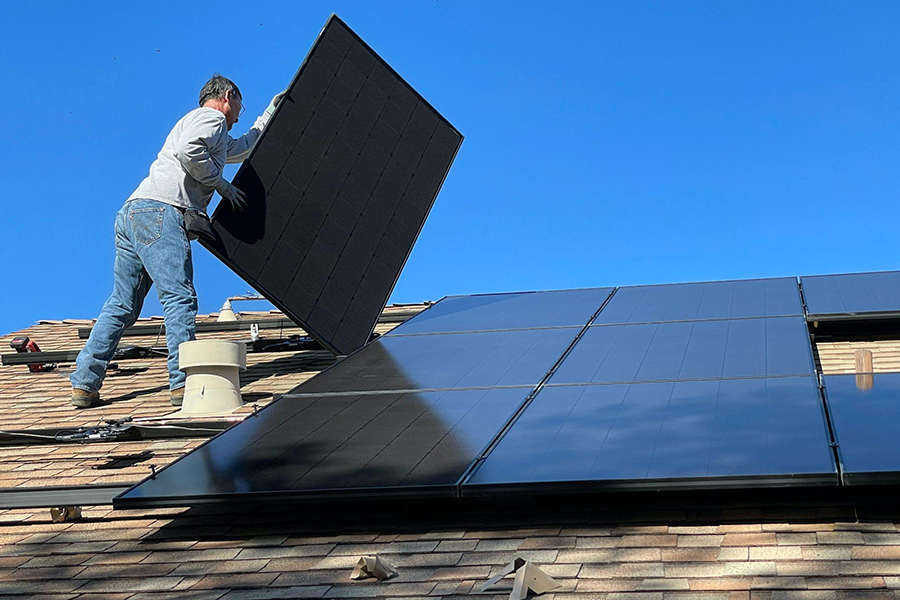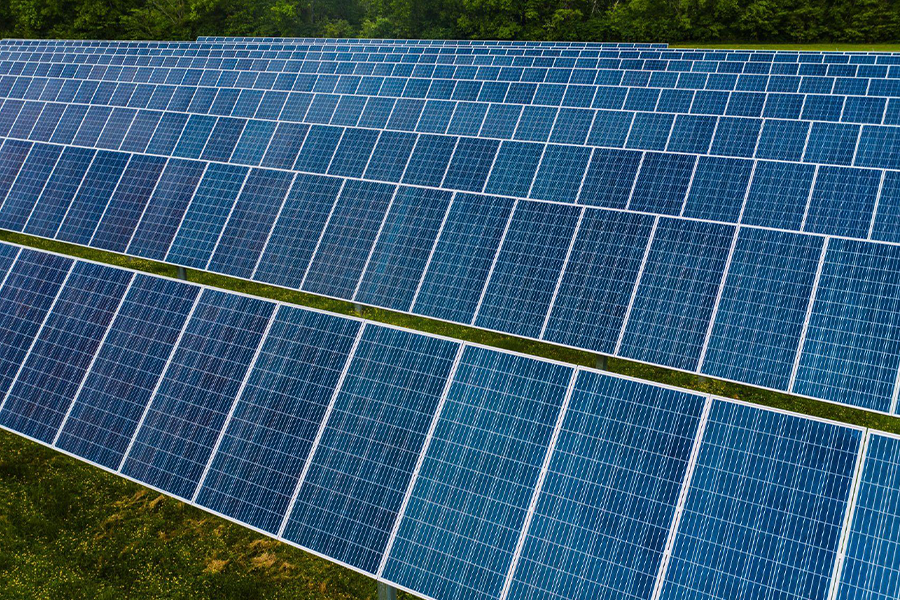With the world slowly shifting toward using renewable energy for sustainable power supply, solar photovoltaic (PV) systems are one of the most popular options among consumers. In 2020, its global market size was valued at around USD 154.47 billion and is expected to grow at a CAGR of 25.9% between 2021-2028. This is no surprise considering its ease of installation, maintenance, and long-term energy savings capability.
Nevertheless, solar panel needs can vary from one consumer to another. So if you’re wondering how to size a solar system correctly this article will cover the essential steps required for estimating the right solar system size and enumerate constraints to consider before selecting the ideal one.
Table of Contents
How to size a solar system: sizing requirements
Solar system requirements for different customers
Conclusion
How to size a solar system: sizing requirements

Step 1: Calculate energy usage
Firstly, it is an important consideration to estimate the home’s or commercial property’s average electricity consumption. For that, it takes 12 months of energy usage. It is common to see peaks and troughs during the summer and winter because of the high consumption of air-conditioners and heating units. Find out the average monthly kWh (kilowatt-hours) usage by dividing the 12 month’s usage by 12. Then, divide by 30 to get a rough estimate of the daily kWh usage.
Example:
12 month’s total kWh usage = 10,800
Monthly average kWh usage (10,800/12) = 900
Daily kWh usage (900/30) = 30 kWh
Step 2: Find out peak sun hours
Next, knowing the sun’s peak hours is crucial to understanding how many hours per day the PV systems will take advantage of solar energy. Having said that, the peak sun hours can vary from location to location and from country to country. For instance, in Europe, there are more peak sun hours in the southern part of the continent compared to its northern regions.
For this example, we will take the annual peak sun hours in Seville, Spain—which averages about 4.86 hours per day.
Step 3: Calculate the size of the solar system
Next up: how to calculate the size of a solar system. For that, determine the kW output first by dividing the daily kWh usage in Step 1 by the daily average peak sun hours in Step 2. After finding out the kW output, multiply it by the solar panel’s efficiency rating (which is 1.15).
Example:
kW output (30/4.86) = 6.2
Solar system size (6.2 x 1.15 efficiency factor) = 7.1 kW DC
Step 4: Estimate the number of solar panels
The last step is to determine the number of solar panels needed. First, simply multiply the solar system size calculated in Step 3 by 1,000 to find out the solar system size in watts. And second, divide it by the wattage of the solar panel that will be installed (which usually averages about 320 watts) to find out the number of solar panels needed.
Example:
Solar system size in watts (7.1 kW x 1,000) = 7,100 watts
Number of solar panels (7,100 watts/320 watts) = 22 panels
Solar system requirements for different customers
Budget
First and foremost, a client’s solar requirements could depend on their budget. Clients can build their solar system within their budget and find the best value buys. Their requirements could range from purchasing off-grid solar panels to purchasing the full solar energy system kit. Solar panel design as well as solar panel weight can also be factored into the decision making process.
Furthermore, they may look for installation charges. Most suppliers are now able to provide after-sales installation instruction videos so that even individual users can receive a relatively thorough after-sales service.
Space
Space plays an important role in the customer’s decision-making to opt for the right number of solar panels for home use as well as commercial use. For spacious roofs solar panel sizes are less of a concern and can be installed efficiently and conveniently. However, for roofs with limited space, only fewer solar panels can be installed. To make good use of that limited space, customers would be better off using high-efficiency solar panels to get the most out of the solar panel output.
Energy offset

The last and most important point is that customers mainly want to buy the right solar system sizing that offsets their average energy consumption. For that, they learn about their energy consumption through their electricity bills. Energy offset can depend on residential to commercial properties and the number of appliances used daily. Based on that, average consumers will look for anywhere from 1kW-5kW solar power systems. As winter approaches, the demand for solar systems to generate electricity will continue to increase.
Conclusion
Learning how to size a solar system isn’t as difficult as it may first appear to be, as long as the sizing requirements and energy output is calculated. Factors that can affect sizing decisions and a solar system’s effectiveness are its mount size, tilt angle, battery life, product efficiency ratings, and lifetime performance. Nevertheless, the major way to size a solar system depends on how much energy needs to be offset and this can depend from project to project.
With more people using renewable energy to save costs, consumers will want to have a wide array of solar panel power readily available at their disposal anytime. Explore Chovm.com to source different solar panel sizes and solar panel systems to ensure they meet every customer’s solar requirements.





 বাংলা
বাংলা Nederlands
Nederlands English
English Français
Français Deutsch
Deutsch हिन्दी
हिन्दी Bahasa Indonesia
Bahasa Indonesia Italiano
Italiano 日本語
日本語 한국어
한국어 Bahasa Melayu
Bahasa Melayu മലയാളം
മലയാളം پښتو
پښتو فارسی
فارسی Polski
Polski Português
Português Русский
Русский Español
Español Kiswahili
Kiswahili ไทย
ไทย Türkçe
Türkçe اردو
اردو Tiếng Việt
Tiếng Việt isiXhosa
isiXhosa Zulu
Zulu